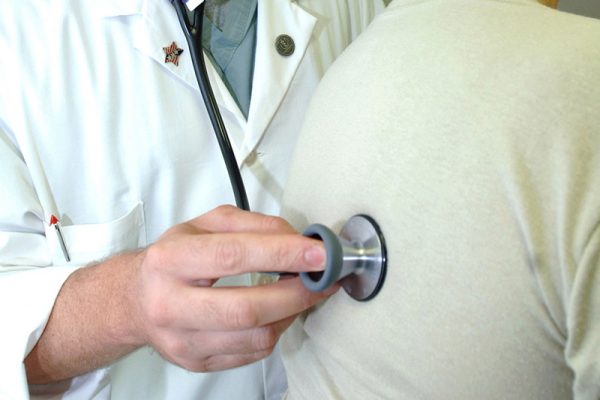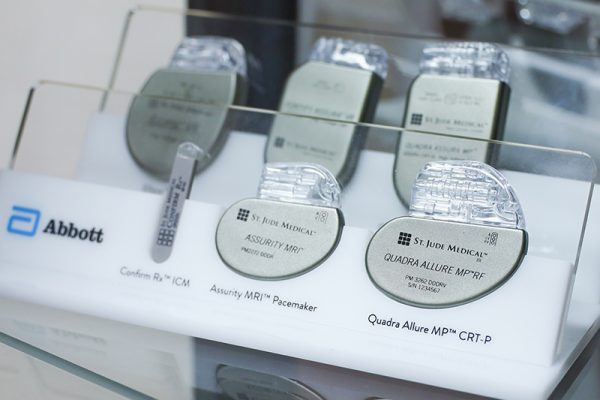Patient Education
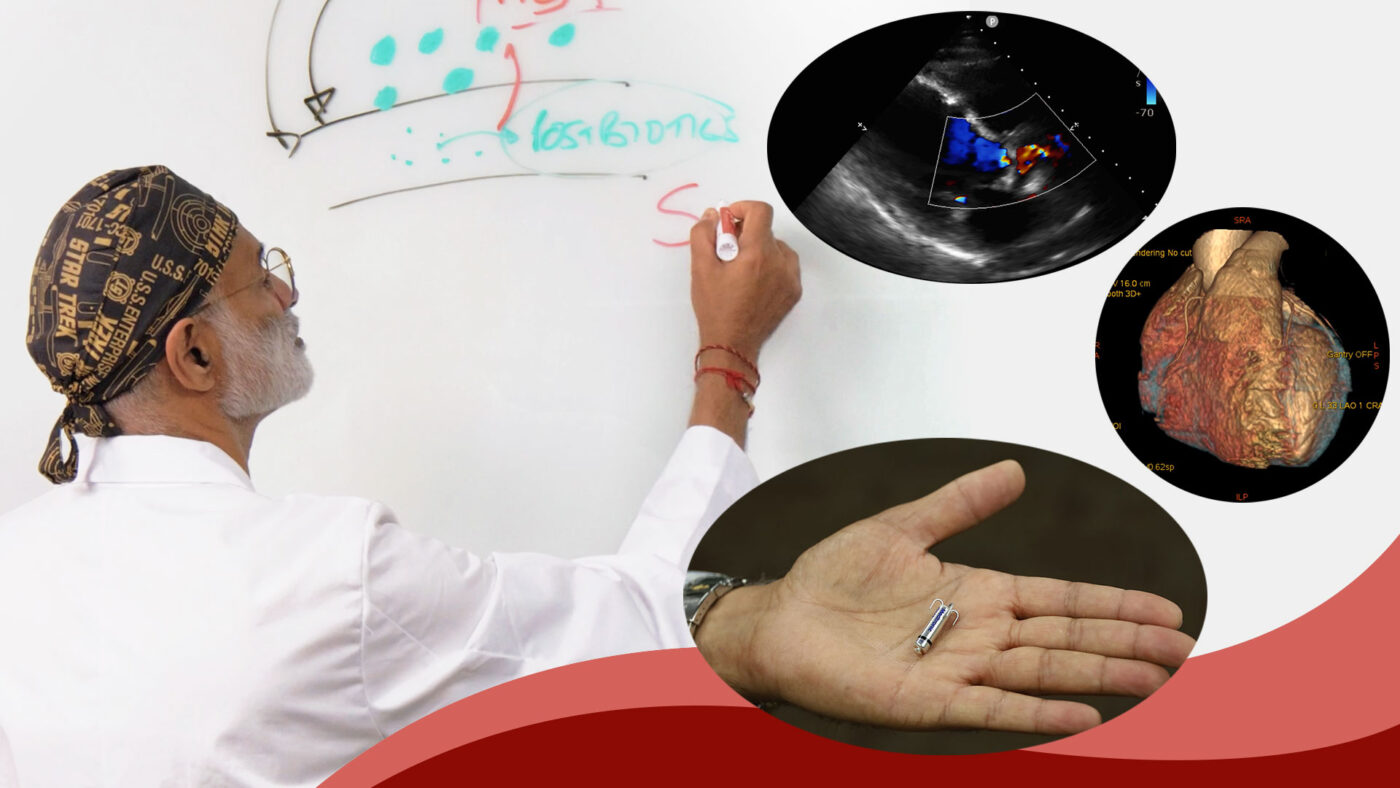
Patient Education
Search by topic, test, procedure, etc.
Dr. J's Latest Video
Popular Conditions
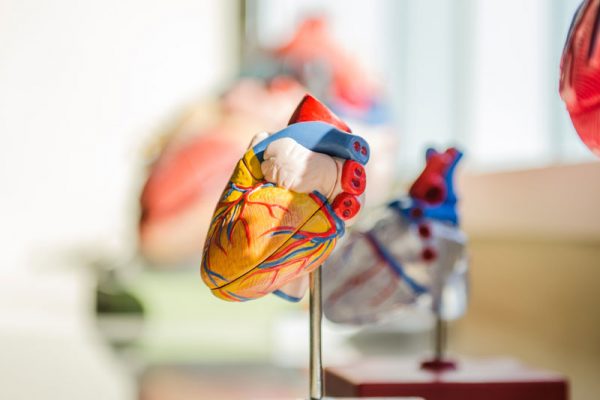
Conditions in which the heart beats with an irregular or abnormal rhythm. Some arrhythmias occur without symptom while others have symptoms of increasing severity.
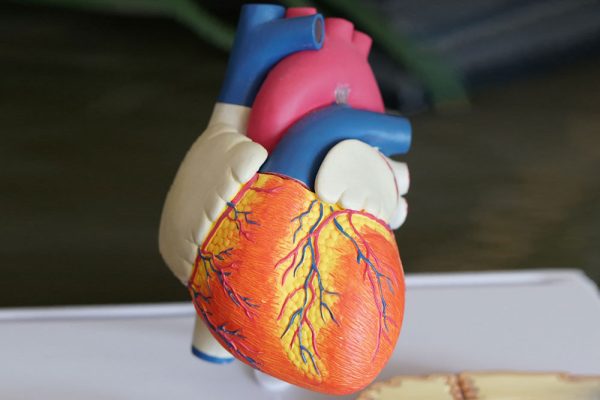
Atrial fibrillation is a relatively common abnormal heart rhythm where the atria beat quickly, irregularly, and unevenly.
Popular Procedures
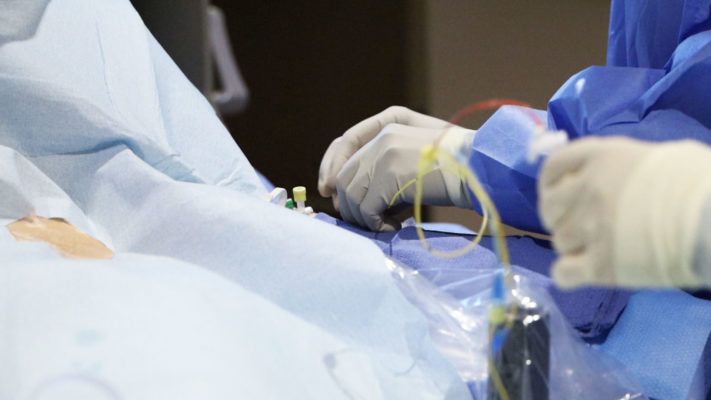
A catheterization, also called an angiogram is an invasive procedure that allows Dr. Jamnadas to evaluate the hearts function. A cardiac catheterization is used to determine the presence of heart structural defects, coronary artery disease, valvular disease, or disease of the aorta. This can show whether further cardiac treatment is needed.
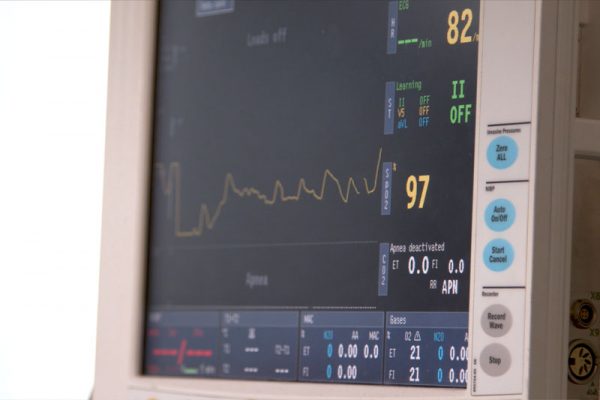
Cardioversion is a procedure used to treat abnormal and rapid heart rhythms known as cardiac arrhythmias. Cardioversion is most commonly used for atrial fibrillation. Cardioversion delivers an electrical ‘shock’ to the heart to restore the heart to its normal rate and rhythm.

Coronary artery bypass graft surgery (CABG) is a procedure which takes a blood vessel from a part of the body to restore blood flow to the heart muscle. CABG is used for patients who have coronary artery disease (CAD). CAD is due to a disease process called atherosclerosis caused an accumulation of cholesterol, protein, calcium, etc. Collectively, these form what is called plaque within the coronary arteries.
Popular Tests
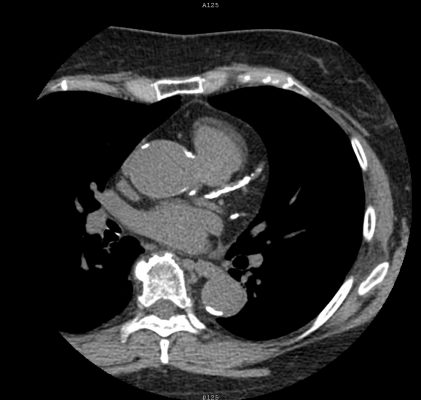
A coronary calcium scan is a specialized CT scan of your heart which enables us to detect the buildup of calcium containing plaque inside the coronary arteries of the heart. The coronary arteries are blood vessels that supply blood to the heart muscle. Plaque buildup inside the coronary arteries are indicative of atherosclerosis.

An electrocardiogram is a test that measures the electrical activity of the heartbeat. An electrical impulse, or “wave,” is created and moves through the heart with every beat. The heart muscle is squeezed by these waves pumping blood to the rest of the body. The timing of the top and lower chambers pumping is what is shown on a on an ECG.
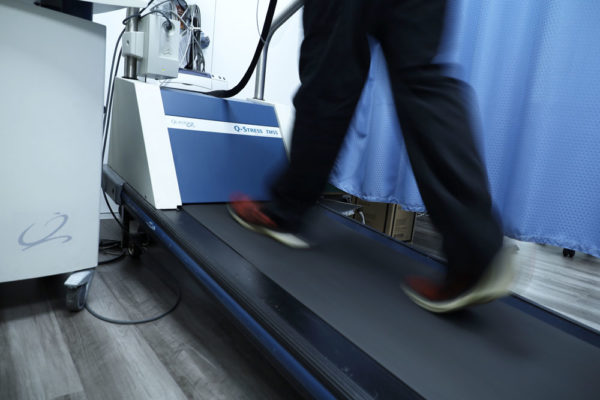
A nuclear stress test is used by cardiologists to diagnose and monitor many heart conditions including coronary artery disease. It measures the blood flow to your heart both at rest and during stress on the heart during exercise. Resulting images illustrate the amount of blood flow in all sections of the heart, which can show areas of low blood flow and damaged tissue.
Popular Devices
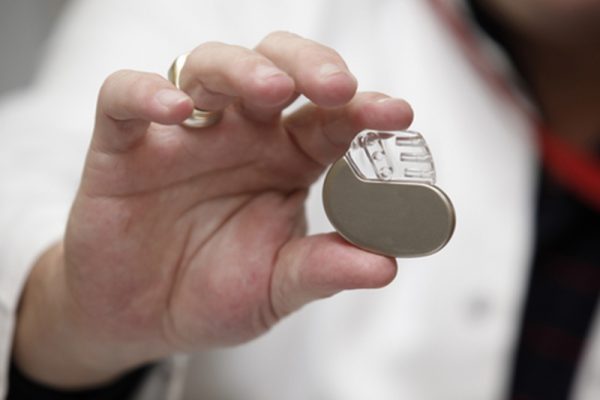
A biventricular ICD a small device used for cardiac resynchronization therapy for patients with heart failure. This constantly monitors your heart rate and rhythm and delivers small electrical impulses to both the left and right ventricles to help them contract at the same time.
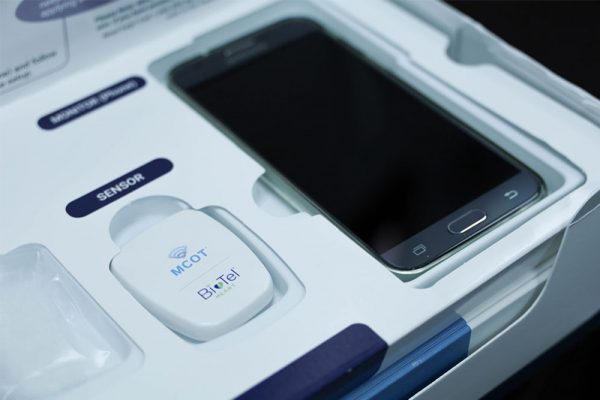
A cardiac event monitor is a small portable device worn by patients during their normal activity for up to 30 days. This device is capable of recording the electrical activity of the heart in the form of an electrocardiogram (EKG) for up to several minutes. This is intended to record arrhythmias (abnormal heart rhythm) that would not be found on a routine EKG or to record an arrhythmia that is so infrequent, it is not detected on a 24 hour Holter monitor.
Popular Topics

The heart consists of four chambers. The top two chambers (atria) receive blood while the bottom two chambers (ventricles) pump blood out.
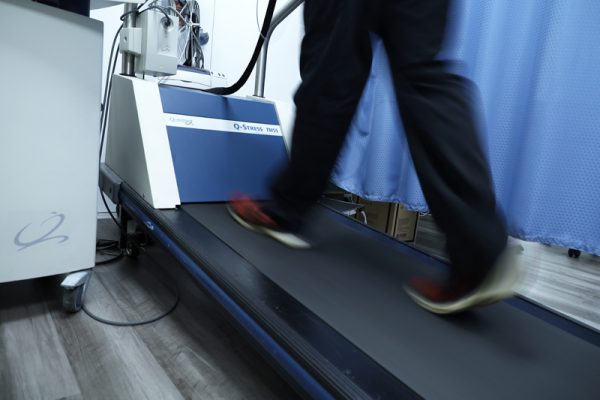
Exercise is an important component in maintaining optimal cardiovascular health; yet many people feel that time conflicts prevent them from exercising. However, the TV Method, an innovative and fun exercise regimen, will allow you to gain the health benefits of exercise while you watch your favorite television programs.

